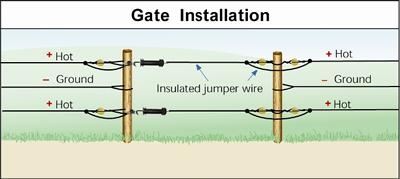jason_mazzy
Chillin' with the herd
- Joined
- Jan 15, 2011
- Messages
- 172
- Reaction score
- 0
- Points
- 49
I have figured out it will be much more cost effective and predator dettering to build an electric fence. This will also give me much more land coverage as 1/2 of my property is wooded. This should allow me to cover more are for the goats and mini cows to graze and browse, while discouranging foxes and racoons from trying to get into my chickens. So I have read on how to do this properly, but I am not 100% sure how to install a gate. I will need to have at least 3 gates/openings so i can go through with either a car or walk the property without taking 5000 volts trying to climb it.
What would be your suggetsions?
What would be your suggetsions?


 ) to actually wire the gate itself.
) to actually wire the gate itself.